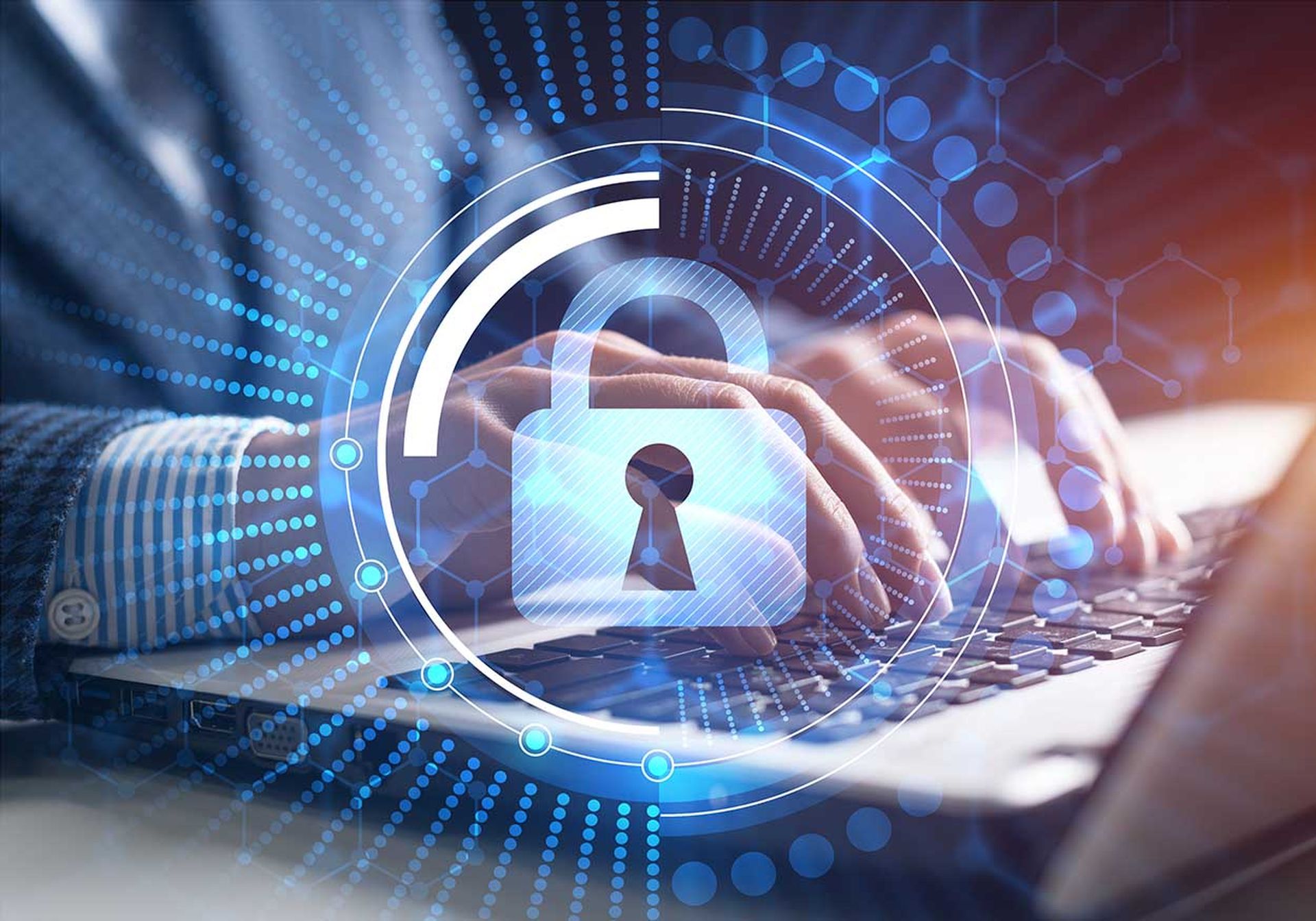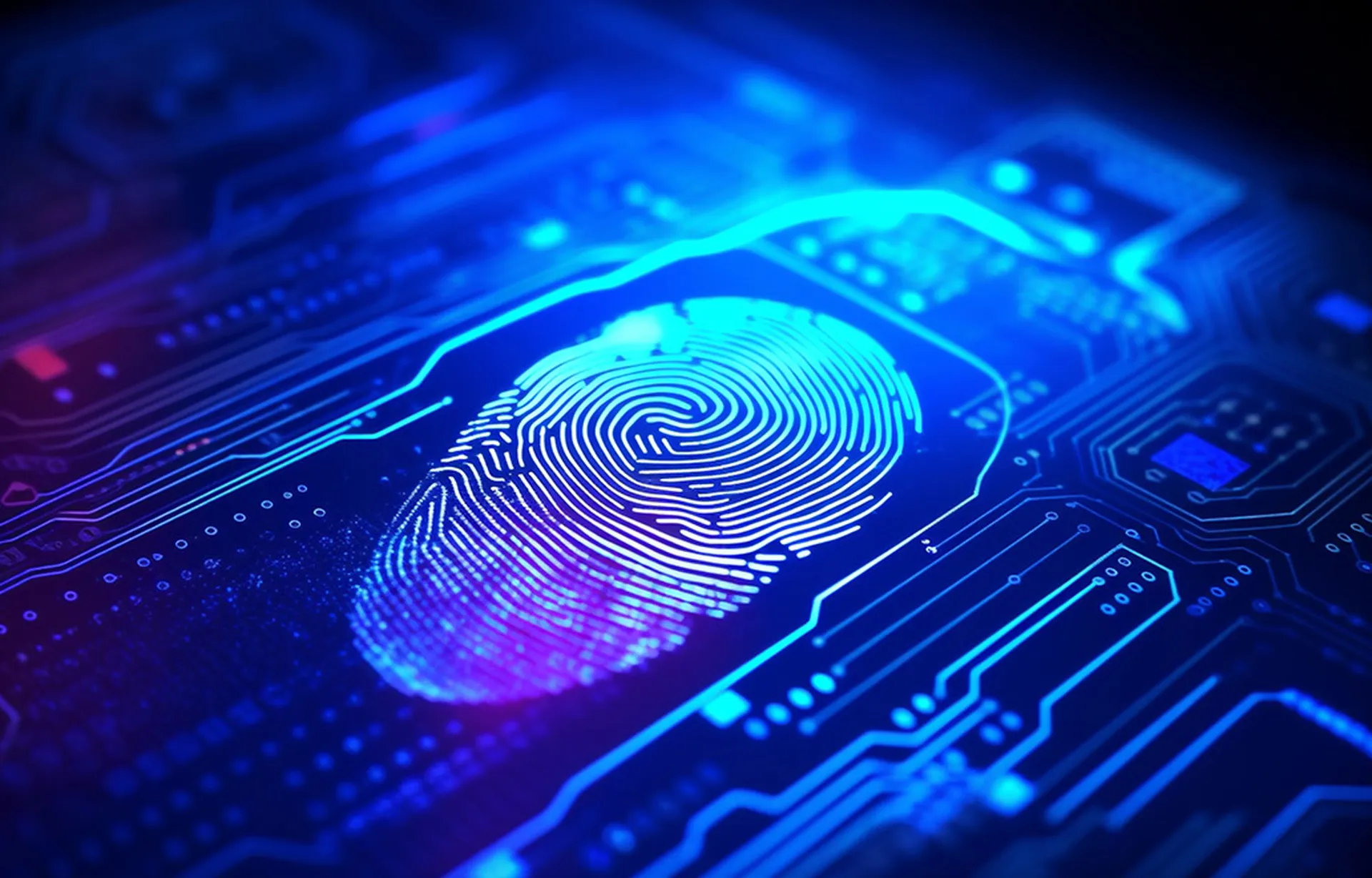Identity has become a top priority for organizations around the globe, according to identity and access management (IAM) solutions provider Ping Identity. As new security threats arise and IT environments become more complex than ever before, chief information security officers (CISOs) and other C-suite executives must keep pace with the evolving IAM space.
The Ping CISO Advisory Council has identified seven trends that will shape the future of identity and the IAM space:
- New Identity Proofing Methods: Remote and social identity proofing methods are being developed that will change the way people trust each other online.
- Passwordless Authentication: Organizations eventually will use adaptive and contextual authentication tools that only require a password when necessary.
- Behavioral Analytics and Machine Learning: Organizations can use behavioral analytics and machine learning to learn about customers and find innovative ways to fulfill customer requests.
- Consent and Privacy: New regulations require organizations to obtain consent to store personally identifiable information (PII) and ensure this information is used for agreed-upon purposes. As such, organizations likely will use short, clear requests for information required during a transaction.
- Blockchain and Other Distributed Ledger Technologies: Many organizations are experimenting with blockchain and other distributed ledger technologies. However, organizations must prioritize privacy and security as they test and deploy these technologies.
- Internet of Things (IoT): As the number of IoT-enabled devices increases, new protocols and policies will need to be created to differentiate between trusted device users and threats.
- Biometrics: New technologies are becoming available to fool biometric sensors, and organizations must analyze and upgrade their biometrics tools accordingly.
In addition, the Ping CISO Advisory Council indicated there are eight things C-suite executives need to know about IAM:
- Good security is a key differentiator for organizations, and good security requires IAM.
- Multi-factor authentication (MFA) can be delivered in a variety of ways, and an organization must consider its end users and other factors to deploy an MFA solution that can provide the best-possible results.
- IAM enables an organization to protect its employees' identities, as well as its customers' and partners' identities.
- IAM solutions can be used to remember customer preferences across multiple channels, leading to an improved customer experience and increased customer loyalty.
- IAM tools can help employees gain access to the data and systems they need to maximize their productivity.
- An organization can use a "one identity" initiative to ensure each stakeholder only needs to use one username and password at all times.
- A software development team can identity microservices that an organization can leverage to determine if its users are logged in and what information they need, exactly when they need it.
- IAM solutions can help an organization comply with data security requirements in financial services, healthcare and other industries.
C-suite executives sometimes fail to prioritize IAM, Ping stated. But if these executives understand and deploy IAM solutions, they can use identity to drive both security and digital transformation across an organization.




